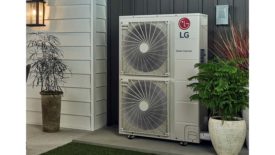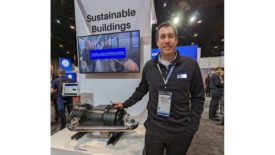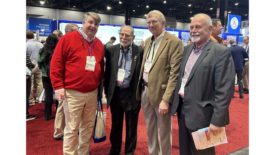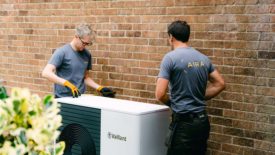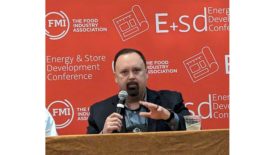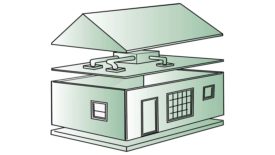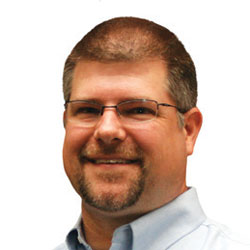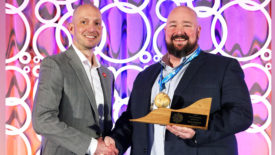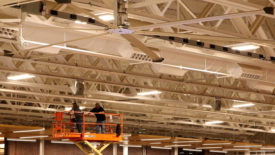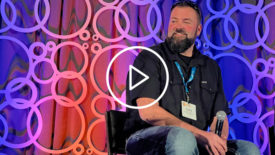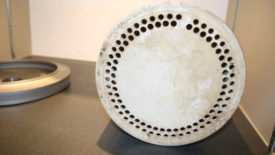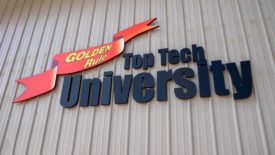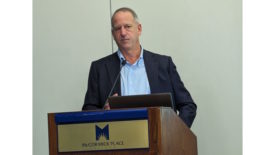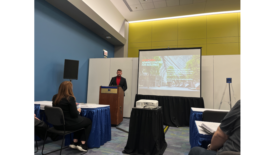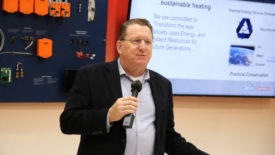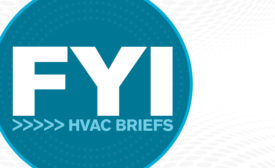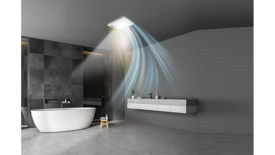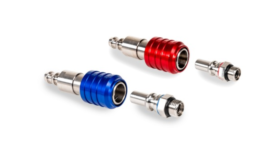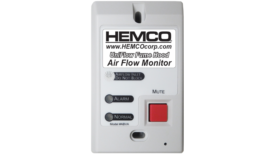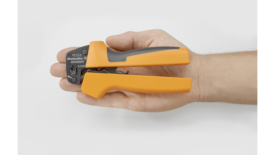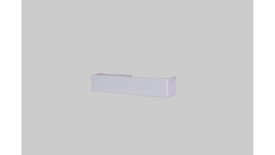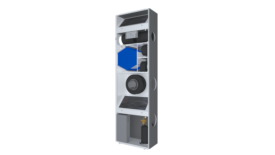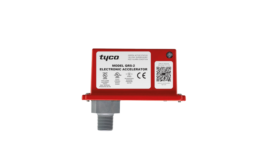Home » Publications » ACHR NEWS
ACHR NEWS
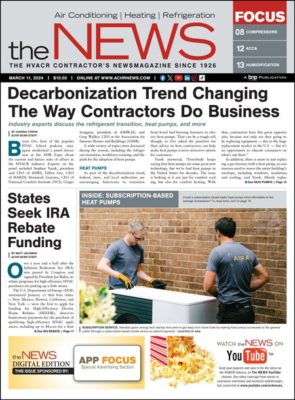
2024 March 11
Cover Story
Back to TopIn a panel discussion, industry experts covered the refrigerant transition, heat pumps, and more
Read More
States Seek IRA Rebate Funding
But consumers have seen no money yet for high-efficiency HVAC purchases
Read More
Feature Articles
Back to TopLow-GWP Compressors Meet Demand for Sustainable Solutions
Manufacturers at the AHR Expo highlighted a range of energy-efficient, low-GWP compressors
Read More
Could Subscription-Based Heat Pumps Be the Future of Electrification?
Swedish ‘Spotify of Heat Pumps’ aims to make energy-efficient HVAC technology widely affordable
Read More
Selling Whole-Home Humidification
Benefits and easy installation keeping humidification systems in high demand
March 15, 2024
Why Carrier Acquired Viessmann Climate Solutions
The ACHR NEWS interviewed Carrier’s Gaurang Pandya, President, HVAC Americas and Commercial HVAC EMEA, to learn more
Read More
How To Attract More Techs To Commercial Refrigeration
NASRC is tackling the issue, identifying ways to bring more people into the industry
Read More
Don’t Fall For Fake Recovery Cylinders
Shady cylinder manufacturers are selling non-DOT cylinders to unsuspecting contractors
Read More
SNIPS NEWS
Back to TopMCAA’s MEP Innovator of the Year: Ryan Hoggatt
Hoggatt plays a crucial role at UMC, Inc., overseeing areas such as corporate manufacturing, virtual construction, construction technology adoption, prefabrication and modular construction
Read More
Zoning and Ductwork Turn Indiana Farm Bureau Fall Creek Pavilion into Year-Round Multipurpose Venue
A pavilion constructed on the former site of an open-air Swine Barn brings new meaning to ‘multiuse’ buildings with HVAC innovations
Read More
SMACNA MEP Innovator of the Year Shares How He Addresses Manufacturing Bottlenecks
Chris Hronek of Tweet/Garot Mechanical wins SMACNA Innovator of the Year award at the 2024 MEP Innovation conference
Read More
Why Flame Attenuated Insulation is Better than Rotary for Most HVAC Applications
While flame-attenuated marbles do add an extra step to production, they also add a step of quality control
Read More
Low or No Cost Ways to Make Your Buildings Greener and More Efficient
Paul Taplin of Harris weighs in on how building managers can achieve "sustainability in steps." Here's step one
Read More
How to Take Advantage of Small Business Resources Through OSHA
OSHA's resources can guide small businesses in creating a culture of safety
Read More
Gripple Sponsors Two Electronic Detection K9s for Law Enforcement
Donation at 2024 AHR Expo allows for two law enforcement agencies to find electronic devices in child sexual abuse investigations
Read More
Why Fiberglass is the Ideal Insulation for Ductwork
In a podcast interview with SNIPS NEWS, David Burd of Owens Corning weighs in on the benefits of fiberglass in ducting
Read More
Columns
Back to TopNewsline
Back to TopCopeland Reintroduces Itself as a Stand-Alone Company
Ross Shuster, CEO, shared insights into the company’s history and innovations
Read More
Honeywell Releases Advance Controls for Buildings at AHR Expo
New platform enhances cybersecurity, network speeds, and innovative technologies
Read More
WaterFurnace Executives Give Update on Geothermal Industry Trends
Slideshow: Executives highlight geothermal tax incentives as a demand driver, spurring the company to invest in more manufacturing capacity and research
Read More
FYI
Back to TopNew HVAC Products
Back to TopCopyright ©2024. All Rights Reserved BNP Media.
Design, CMS, Hosting & Web Development :: ePublishing


